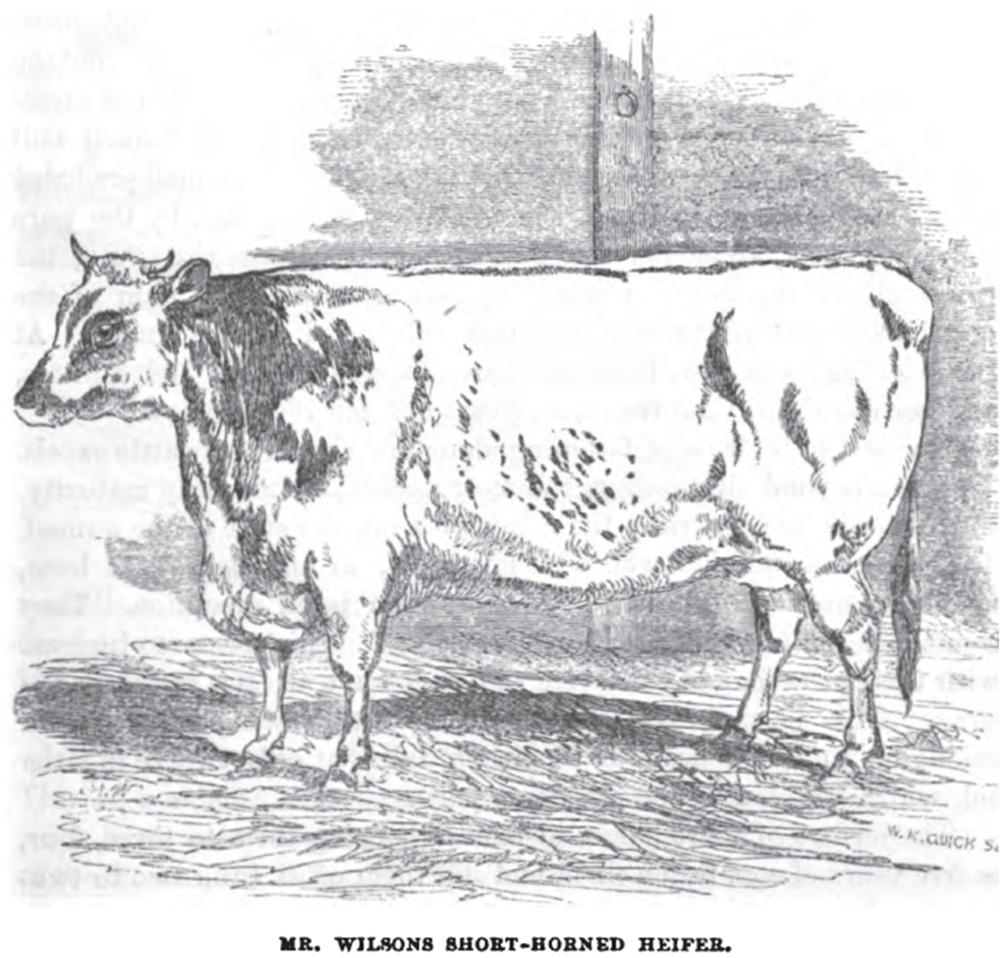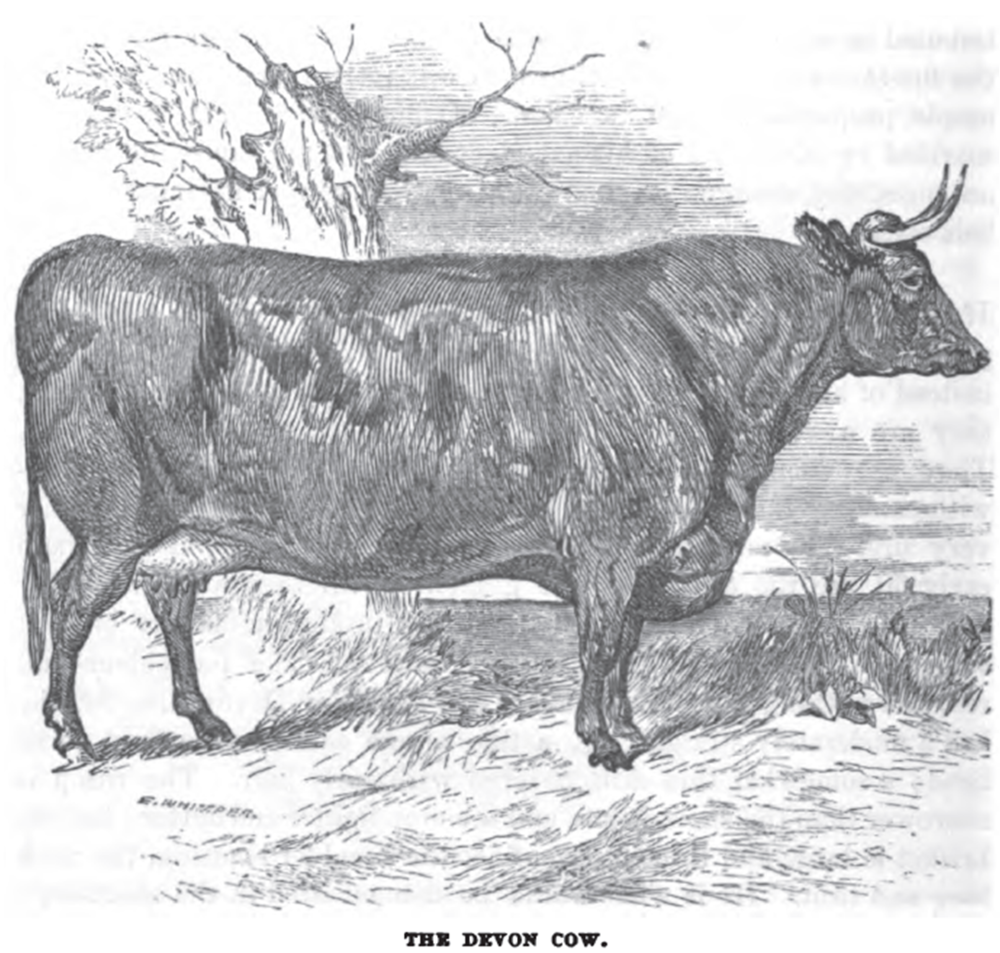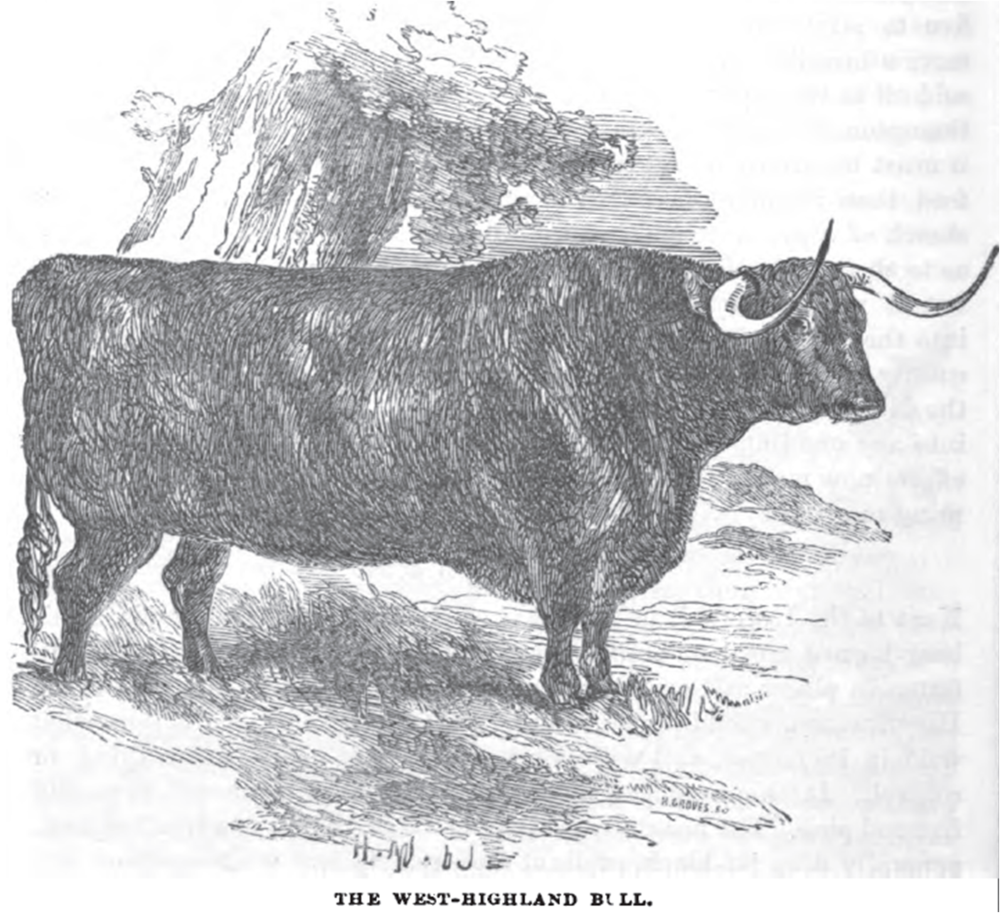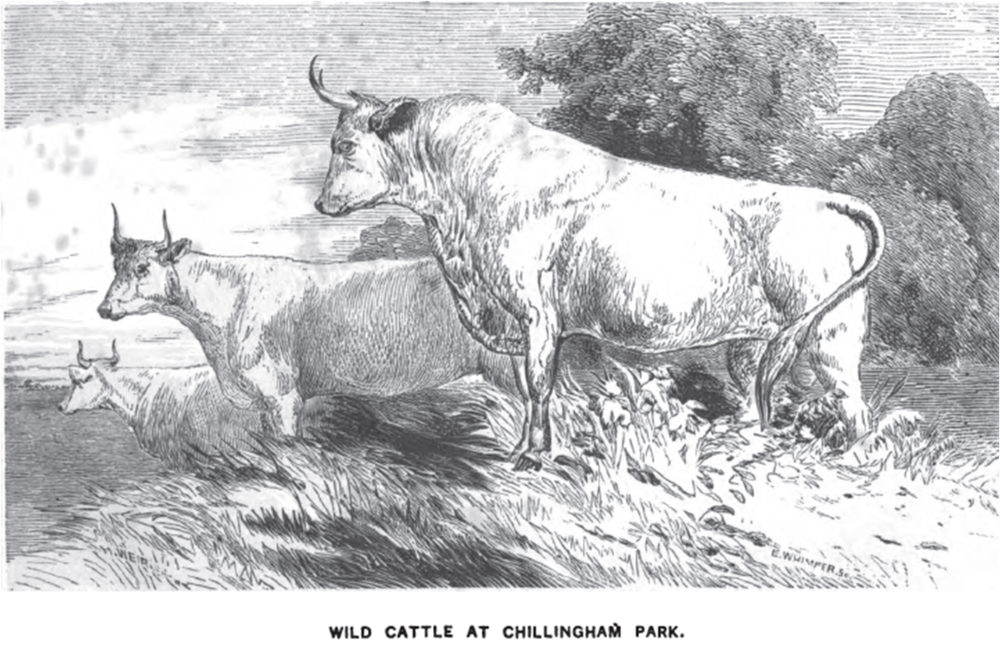
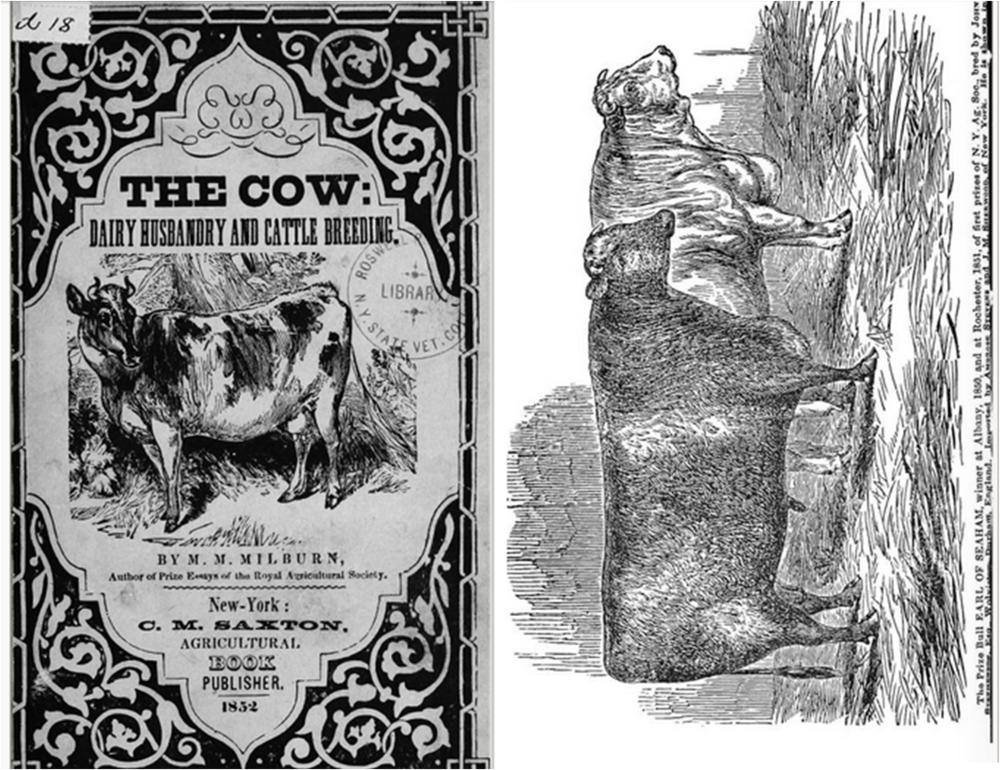 The Cow: Dairy Husbandry and Cattle Breeding by M.M. Milburn
The Cow: Dairy Husbandry and Cattle Breeding by M.M. Milburn
I mentioned previously that I've been reading a lot of old farming books. This past weekend I came across an example of "old texts gone bad", as I like to say. These are instances where clearly the author's day and age got the better of his beliefs. I always wonder what madness we believe in today that will be ridiculed in the future, but for now I'll just do my best to avoid the madness of years gone by.
In this particular instance I was reading "The Cow: Dairy Husbandry and Cattle Breeding" by M.M. Milburn. The book was printed in 1852 and is available for free courtesy of Open Library or Google Books online. There's lots of old texts available for free on the internet, you just have to track them down. Usually, they're more helpful than more recently published books. However, Milburn went off on a tangent about 50 pages in that really makes me wonder just how much of his other information I should trust.
It starts when he writes "Some very grave facts have been arranged and classified to show that when a pure-bred animal has once been impregnated by one of another, such impreganted animal is thereby for ever afterwards a cross, and may be expected to produce a cross-bred, and no more pure-bred young." Really? I mean, I'm a beginning farmer, so I don't know a whole lot, but that is one of the most hilarious farming-related theories I've heard. So if an animal is cross-bred upon its first impregnation it will always produce cross-bred young? Haven't heard that one before!
Milburn goes on to substantiate his claims with various instances of cattle, horses, sheep and dogs producing cross-bred young even after being bred back to a pure-bred. The best is the example of Earl of Morton's chestnut mare which was put to a "quagga", or wild ass. Obviously, the initial result was a horse/wild ass cross. However, when the Earl's mare was bred back to a black Arabian pure-bred it still produced progeny of the quagga's likeness. Too funny. The black Arabian must have been in such shame. Milburn postulates that the blood from the initial quagga fetus circulated through the mare and permanently transformed the mare into a cross.
But it gets better! Milburn proceeds to state, "But, what is more remarkable still, there are instances of resemblance where there could have been no impregnation whatever... the effect is in some cases is produced through the imagination of the mother." Milburn again provides examples for various classes of animals, the most compelling of which is the case of the gelding (castrated horse) and the mare who lived together for two years. When the mare was bred to a bay stallion of a different breed the foal resembled the gelding!
Good or bad advice, you can always count on good illustrations:
And no collection would be complete without Mr. Wilson's Short-Horned Heifer!